5 x special Salvador - Brazil
Salvador is the most African looking city in South America. This is because most of the slaves were transported to this region at the time to work on the sugar cane plantations. Even more than in other parts of Brazil, here you can taste the vibrant atmosphere of a swinging and vibrant culture. Salvador is the city of the martial dance Capoeira, the Axé music, the Candomblé religion and the delicious local dishes such as Acarajé and Moqueca. All this makes Salvador definitely worth a visit. In this blog Petra will take you to Salvador and show you what makes this city so special.
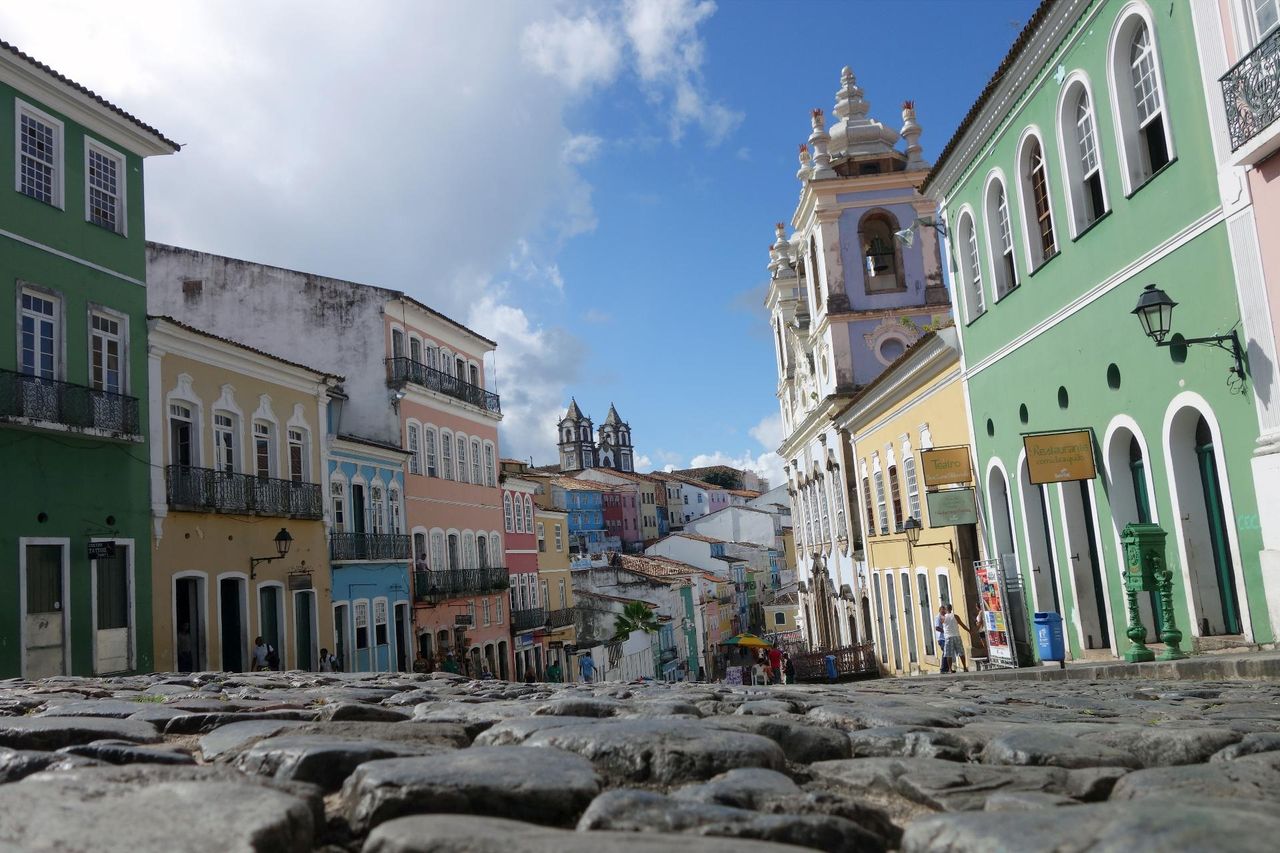
1. The old city centre of Salvador
In the old city centre of Pelourinho you can still find many historic streets with Portuguese colonial buildings and typical Portuguese coloured ornamental tiles. The scent of the typical dishes awaits you. The city has two levels that are connected with the 72-meter-high lift 'Elevador Lacerda'. Nowadays this lift is mainly used to enjoy the view over the 'Baía de Todos os Santos' or the bay of the All Saints.
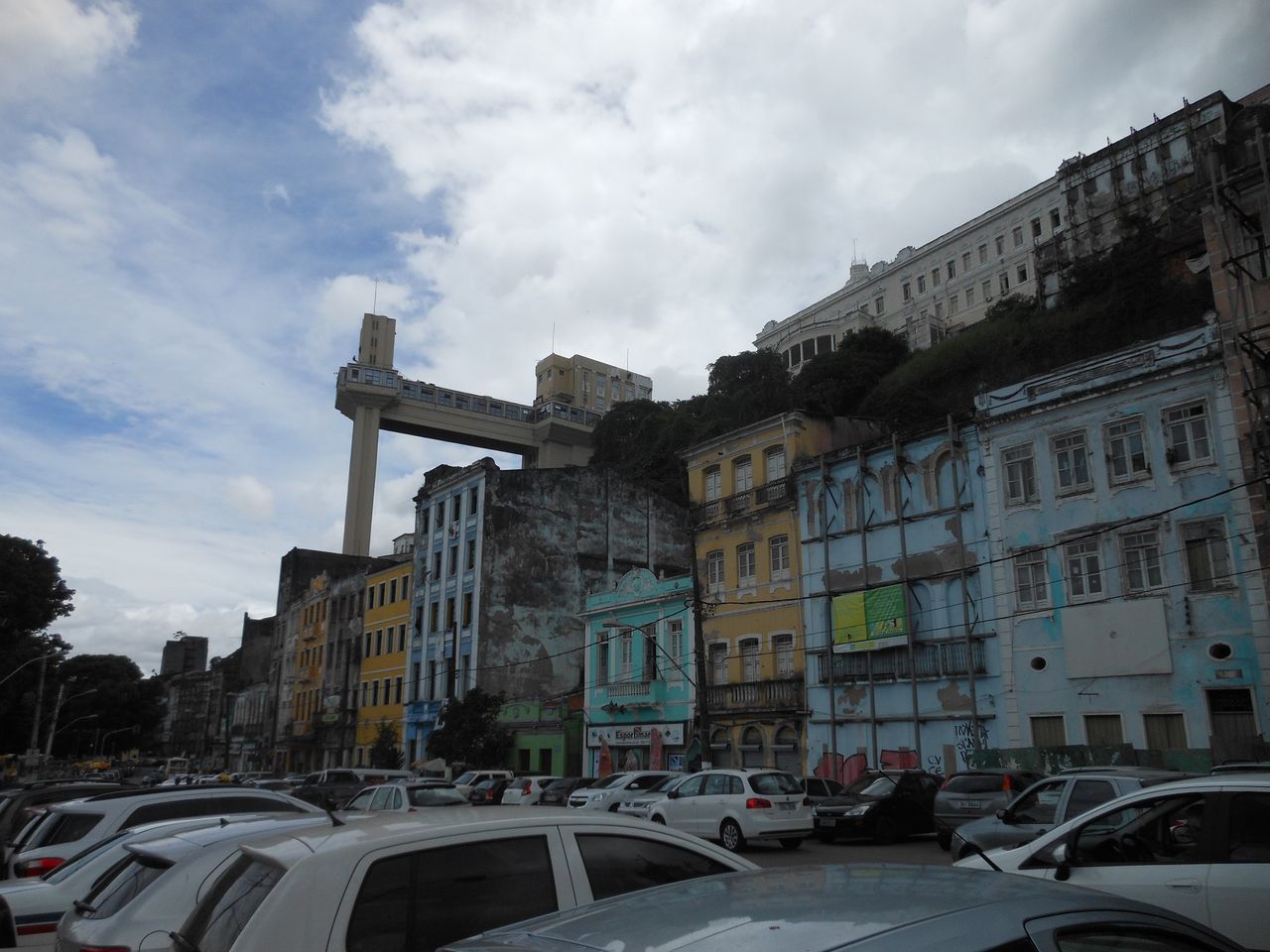
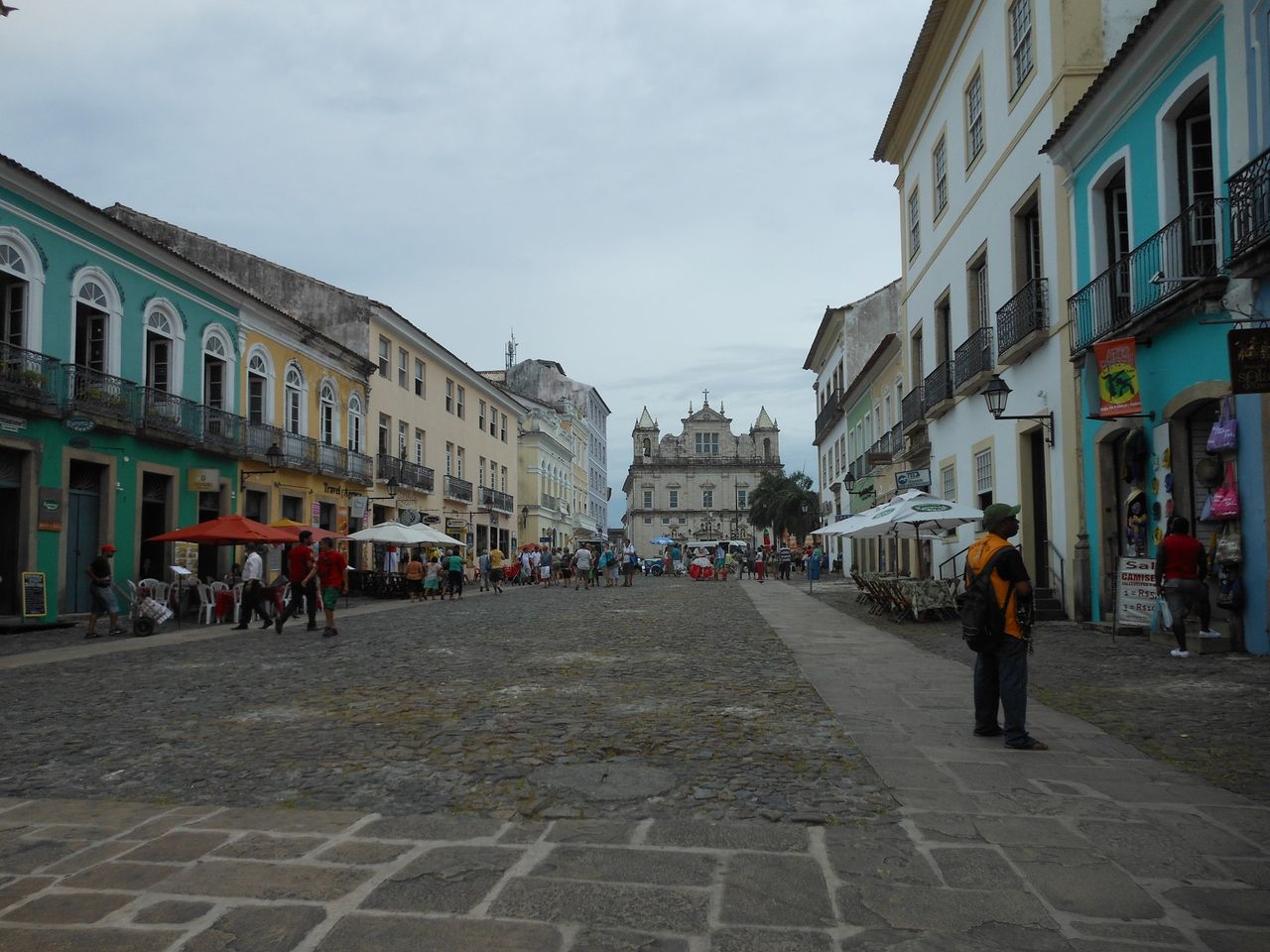
2. Capoeira
Is it a sport, a dance or a martial art? Capoeira is actually a combination of all three. This martial dance has its origins in the Brazilian slave era. Nowadays it is performed by different people worldwide, also in the Netherlands. The dance is characterized by fast and complex movements, which require the necessary strength and speed. In general, the 'fighters' do not touch each other. Before they start a round, they greet each other and then fight each other with fluid movements. What makes Capoeira different from other martial arts is the use of music, in which one also learns to play the musical instruments. The most important musical instrument is the berimbau. This is a single-stringed musical instrument that has its origin in Angola. Angolan slaves took the instrument to Brazil during slavery. In 2014, Capoeira was added to the UNESCO World Heritage List.
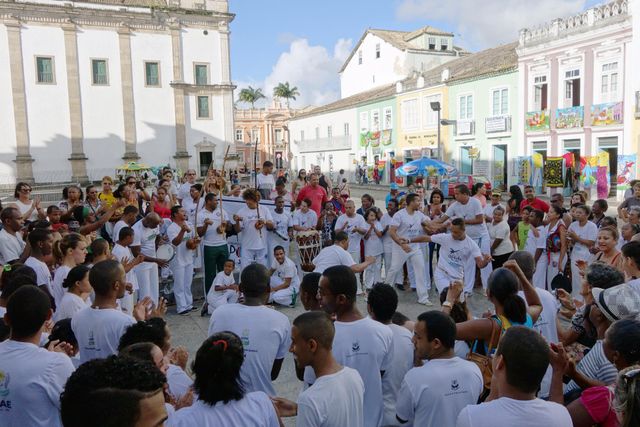
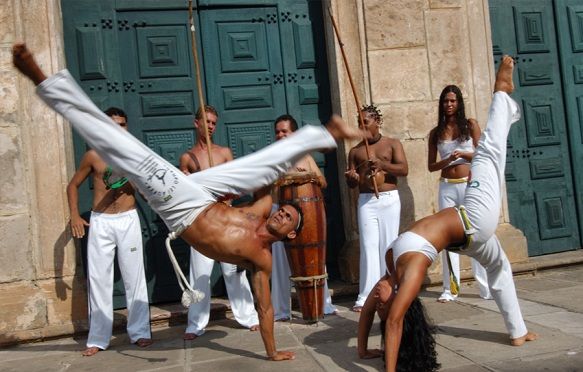
3. Dancing on Axé
Where many would like to celebrate carnival in Rio de Janeiro, a Brazilian will soon tell you that carnival in Salvador is a different experience. Salvador is known for its Axé music genre that originated in the 80s. During one of Salvador's carnival performances, various types of music were mixed together, such as ice-ezá, samba, forró and many other Afro-Brazilian and Afro-Latin music styles. Nowadays the term Axé is often used to refer to the various African-like rhythms.
The Axé music genre received international attention when pop artist Michael Jackson recorded the music video of his hit 'They Don't Care About Us' in Salvador. If you watch the music video, you will see images of the city of Rio de Janeiro and of Salvador with its African coloured drums and colourful houses in the historic centre.
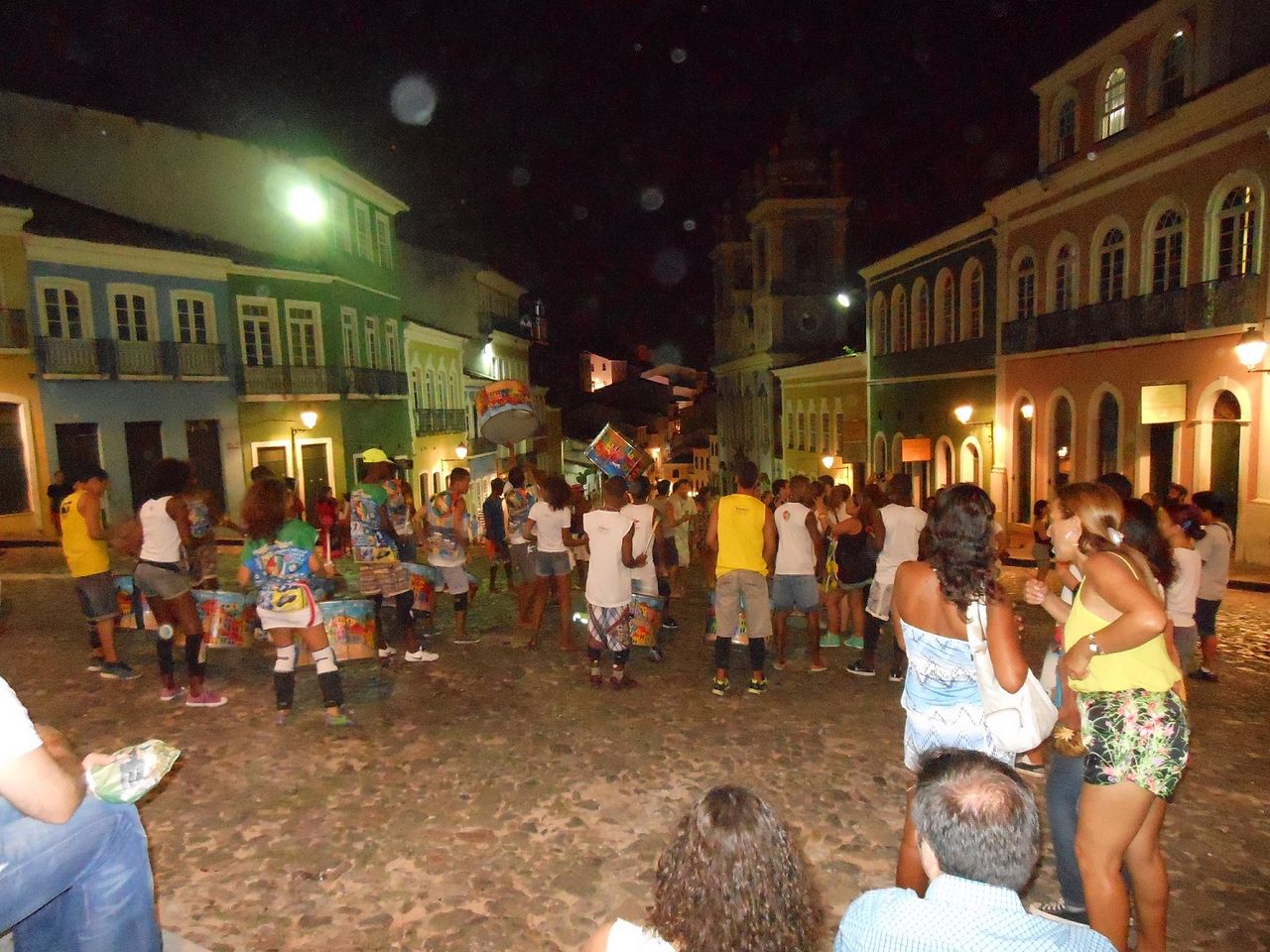
On Tuesday evening, drum bands from the Olodum band, among others, often travel through the historic centre, the Pelourinho, to practice. You will hear music everywhere and there is a lot of dancing. It is recommended to choose a restaurant with a table near a balcony, so you can see the drums walking through the city from above.
4. Acarajé and Moqueca
The African, indigenous Indian and Portuguese influences make Bahia's cuisine a taste sensation. I myself am also crazy about the tasty dishes that are eaten here a lot. The more herbs, the tastier. Frequently used ingredients in Salvador are oil of dendé (palm oil), coconut milk, ginger and pepper.
During your visit to Salvador you will undoubtedly come across several typical dressed 'Baianas de Acarajé'. These are women from the state of Bahia who sell the typical snack. Aracajé is a snack made from beans and onion. It is spherical and fried in dendé oil. This dish originates from the slave era. The usual way to eat an acarajé is to cut it open and fill it with shrimps (which can be prepared in different ways) and hot/spicy sauce.
Another well-known dish is the Moqueca Baiana, a kind of fish stew. Fish and seafood are prepared with coconut milk, coriander, paprika (powder), tomato, lemon juice, pepper, onion and garlic. The dish is made in a pan made of pottery and served with rice.
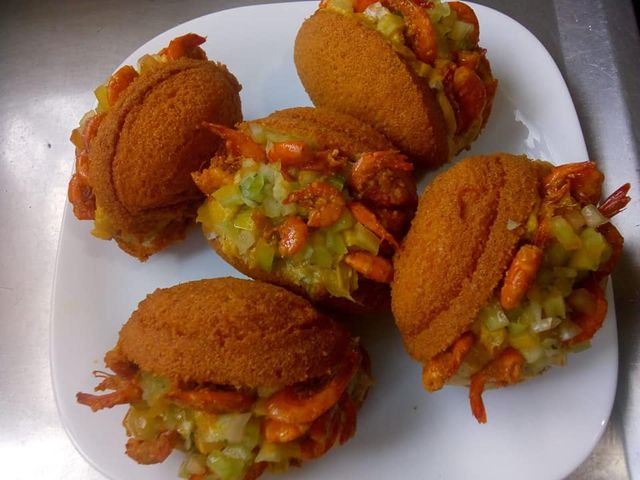


5. Lembrança do Senhor do Bonfim
I was about 7 years old when I was introduced to the coloured ribbon with the text 'Lembrança do Senhor do Bonfim' on it. I got it at school from a friend who told me that I could tie it around my wrist with three buttons and at each button I could make a wish. I had to keep the ribbon on my wrist until these buttons would come off by themselves and I would lose the bracelet. Once the ribbon was off my wrist, my wishes would come true.
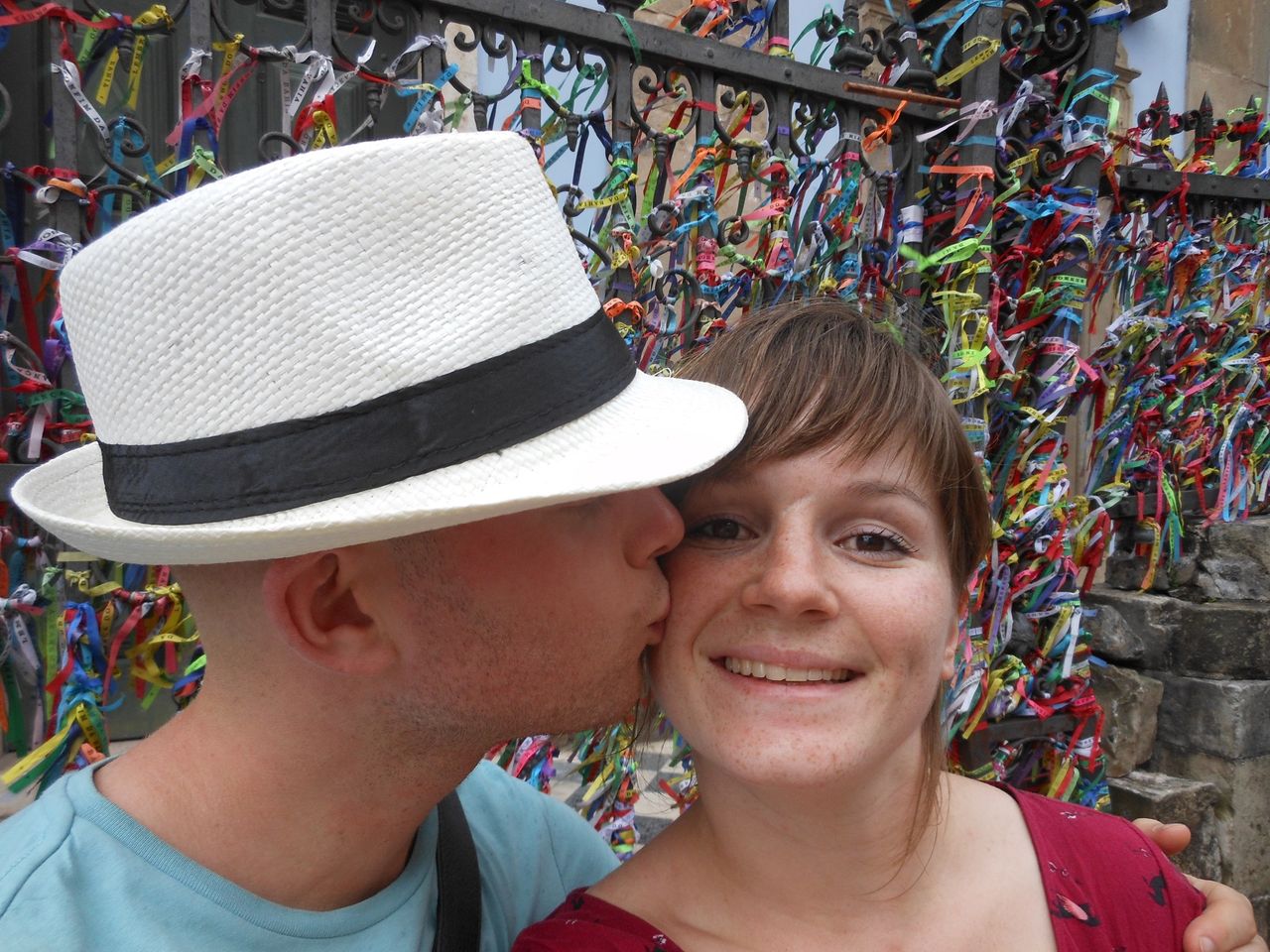
When you are in Salvador you will undoubtedly come across these ribbons. It is believed that the tradition came about because people used to wear pieces of cloth from saints to ask for happiness and protection. It became increasingly difficult to find pieces of saints' cloth and in 1809, Manuel Antonio da Silva Servo, the treasurer of the Brotherhood of Senhor do Bonfim, decided to raise money for his church community by making ribbons for the same purpose. The ribbon was first made of silk and was 47cm long, the same size as the right arm of the statue of the patron saint of Salvador. The ribbon was then wrapped around the wrist twice. The letters on the ribbon used to be golden; later it was embroidered. Nowadays, the ribbons are made by machine and are not that long anymore.
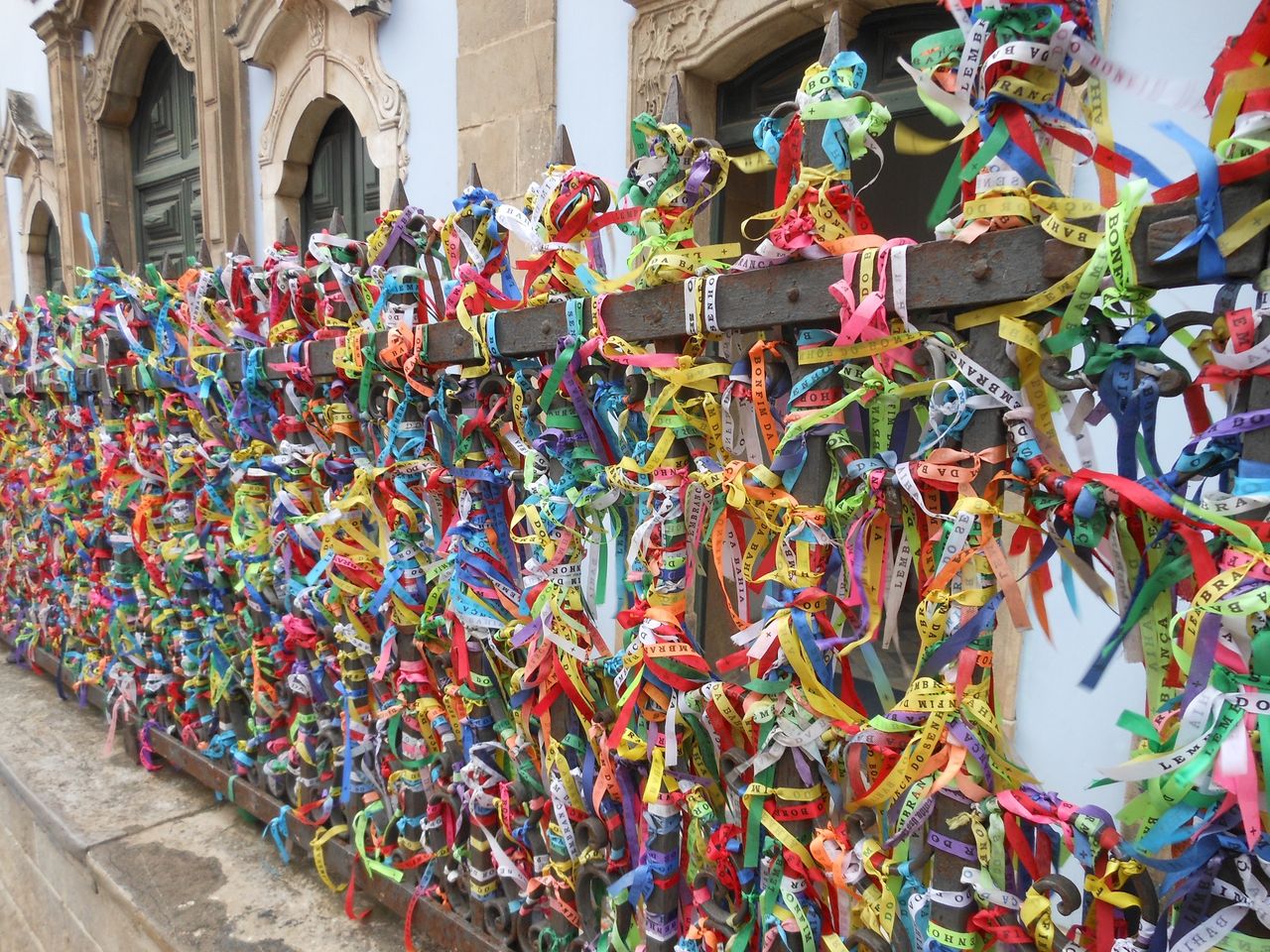
More about visiting Brazil
Does the city of Salvador appeal to you and would you like to take a trip through Brazil? That is possible and we are happy to help you. Do you have questions about a unique journey in Brazil, would you like a tailor-made travel proposal or would you like to make an appointment at our office? Feel free to contact us. Send an e-mail to info@sapapanatravel.nl or call us on +31 73 610 62 04.
